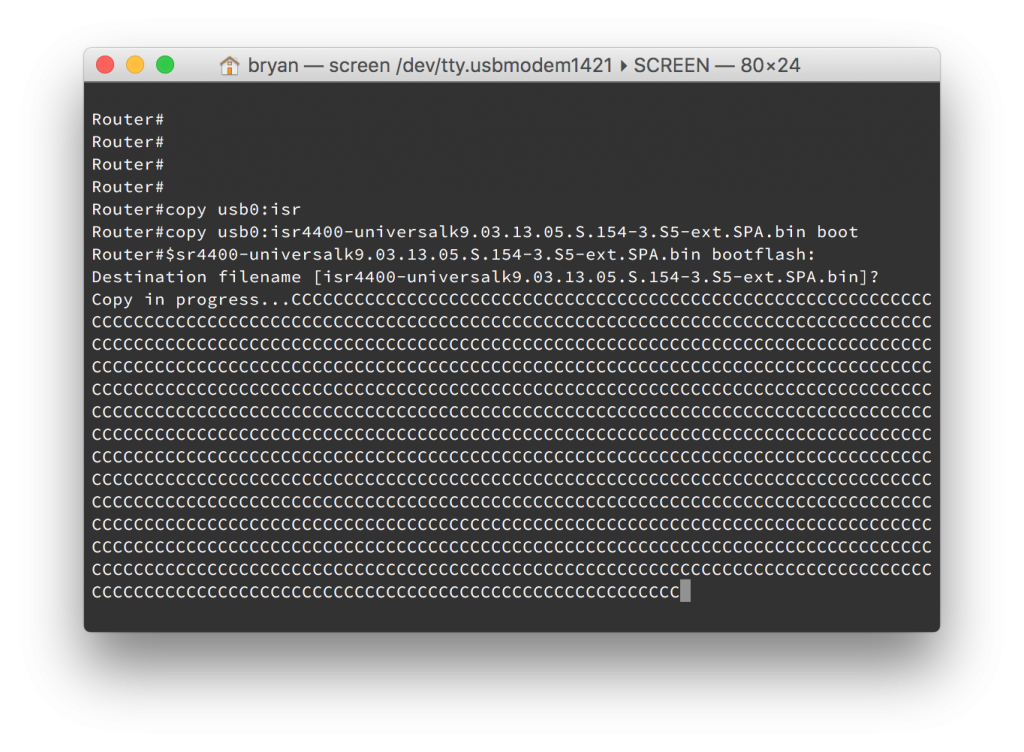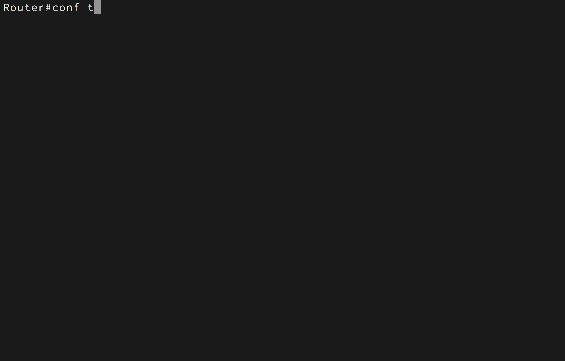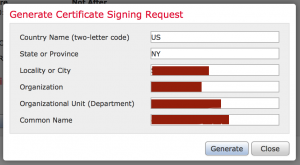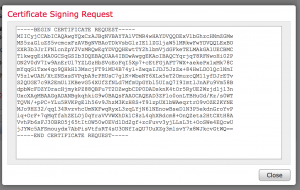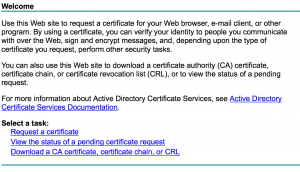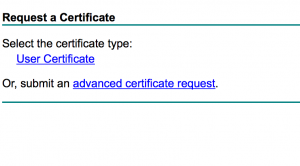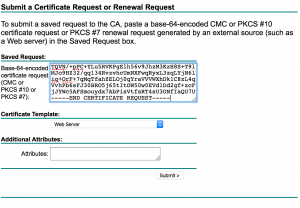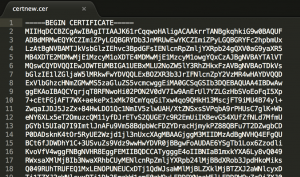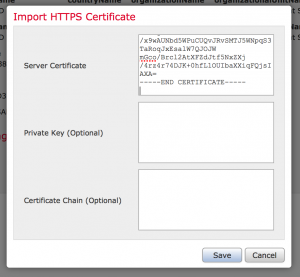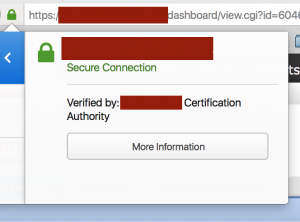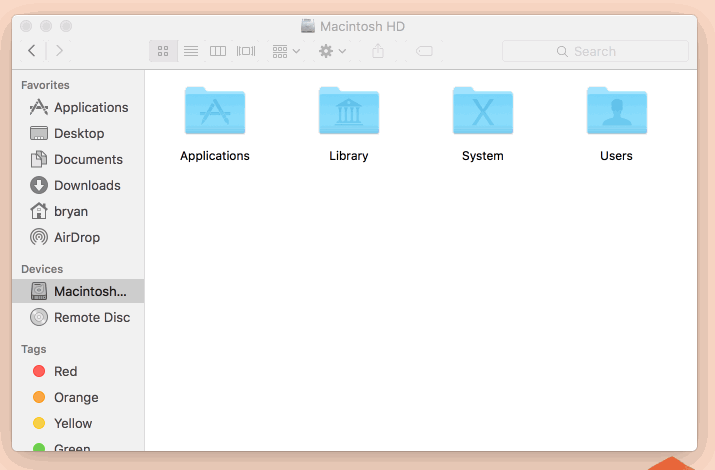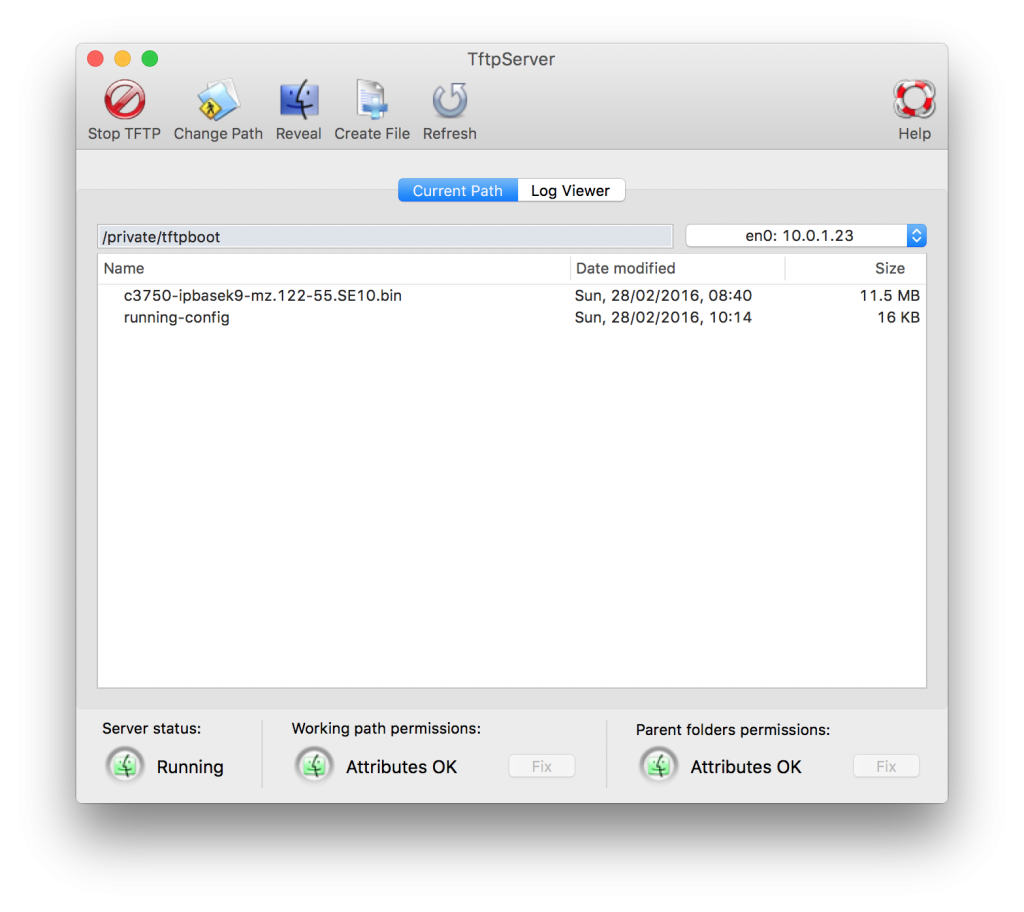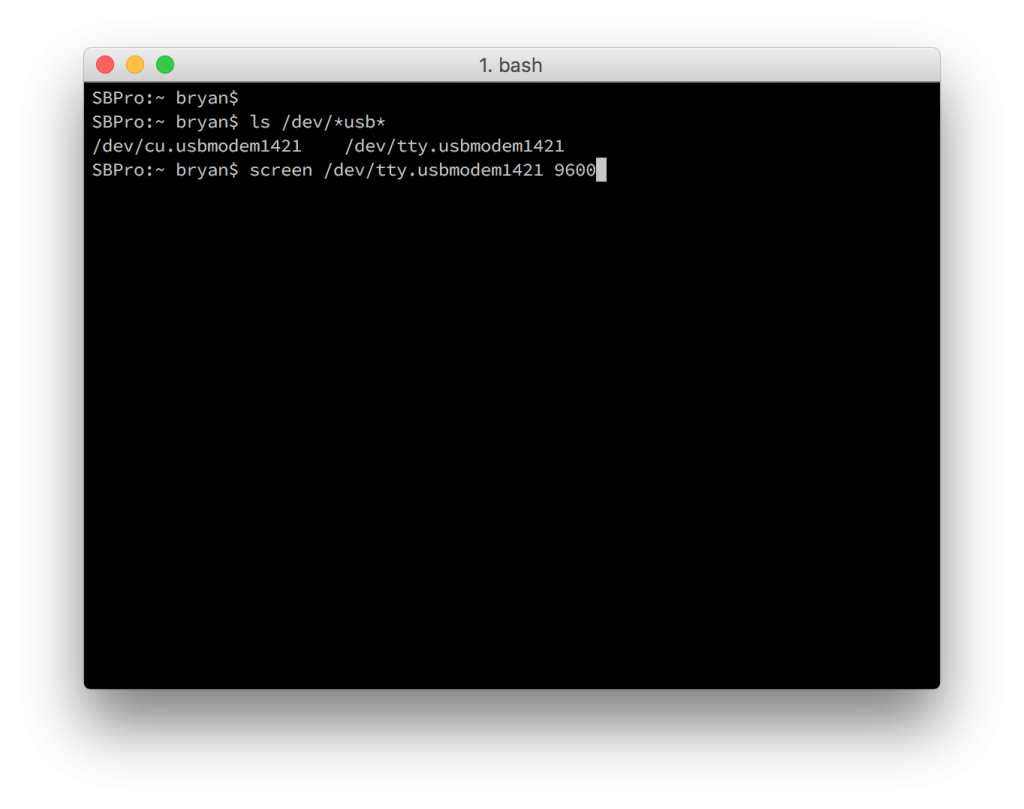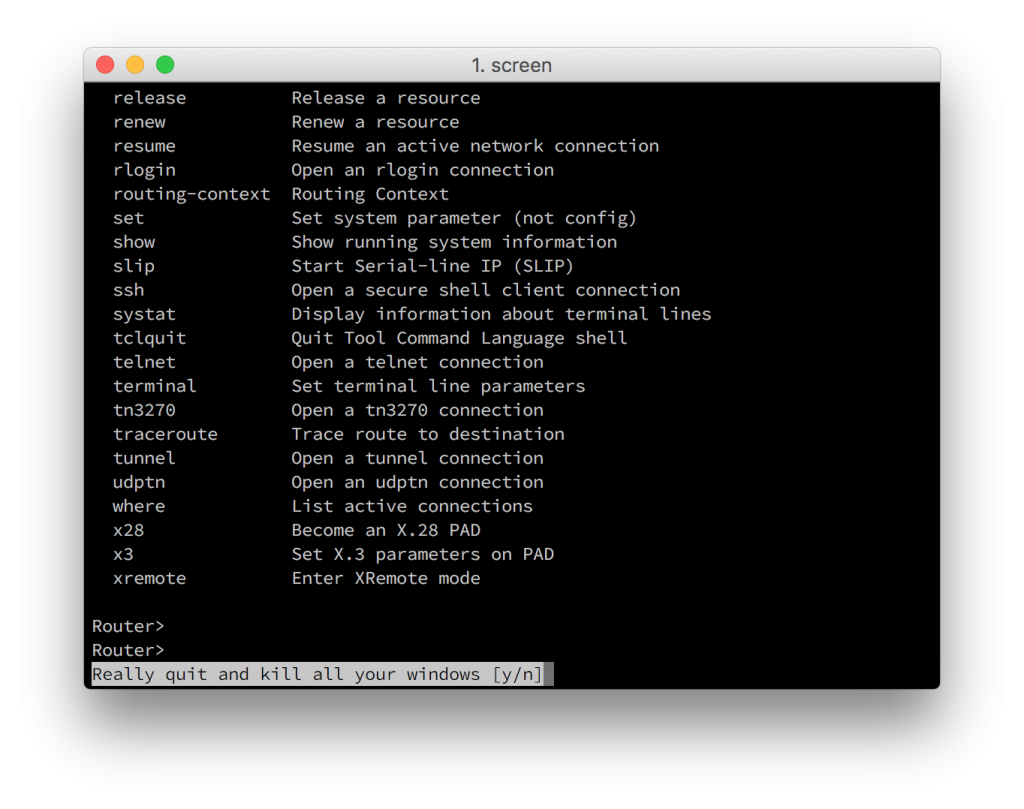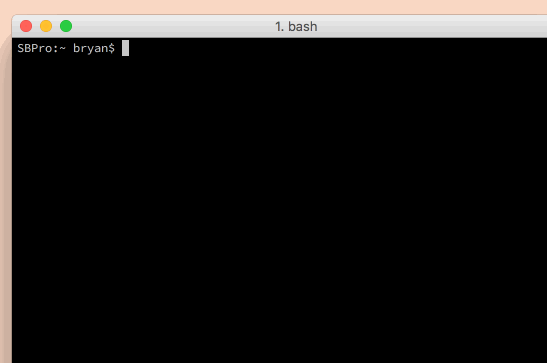Just got in a new Cisco ISR 4431 and needed to upgrade IOS-XE out of the box. Cisco has been nice enough to include a 1Gb USB flash drive with their new ISRs, making the software upgrade process a cinch. Here are the steps involved to install a new version of IOS-XE via USB drive.
- Download your chosen version of IOS-XE from cisco.com. Keep in mind there are often may different trains and revisions of code available.
- To help you decide which version of code is right for you, there’s the cisco IOS feature navigator found here.
- To help differentiate the different designations of code, i.e., MD, ED, GD, take a look here.
- Typically I opt for a gold star release, which are cisco recommended releases “based on software quality, stability and longevity.”
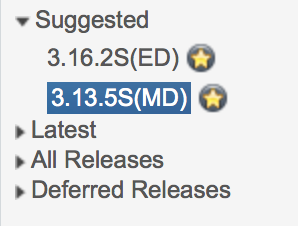
- Copy the downloaded image to your USB drive and insert it into the ISR
- Copy the IOS-XE image from the usb to the ISR’s bootflash
copy usb0: bootflash:
- Enter global configuration mode and set the ISR to boot from the new image
conf tboot system flash bootflash:isr4400-universalk9.03.13.05.S.154-3.S5-ext.SPA.bin
- Verify the correct boot system parameters
show run | include boot
- Save your configuration
copy running-config startup-config
- Reload the ISR
reload
- When the device finishes reloading, verify that the device is running the correct version of IOS-XE
show version
This type of software installation is referred to as a consolidated package. Cisco also supports the installation of individual packages from an IOS-XE image. To see Cisco’s full documentation for software configuration on an ISR 4400 as well as instructions for consolidated and individual package installs please see here.
